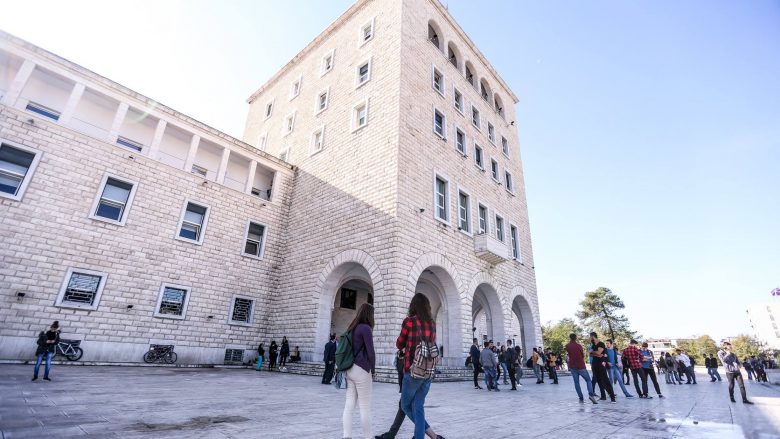New academic year begins with 119,000 students enrolled in public and private universities

Photo: Polytechnic University of Tirana
This Monday, the new academic year kicks off with 119,00 students across Albania’s public and private universities. Of these, 19,500 are first-year students, starting their higher education journey.
Why is it important: Out of 28,000 high school graduates, 70% are pursuing higher education, signaling a strong trend towards academic advancement in Albania. For the 2023 – 2024 academic year the total number of students was 116,900.
Context:
- Medicine remains the top choice for students, with 400 high school graduates securing admission to the Faculty of Medicine in Tirana. These students were selected from 2,500 applicants through a competitive process. Medicine and architecture are the only fields requiring an entrance exam, considering high school averages and state maturity exams.
- Information technology has seen a significant rise in interest over the past five years, with 15% of students enrolling in IT programs this year. Both medicine and IT are among the most sought-after and well-paid professions in Albania and globally.
- Fields like physics, mathematics, and chemistry have seen such a decline in interest that discussions are underway about closing these departments due to low enrollment.
According to the Albanian Academic Network, majors that were highly popular a decade ago, such as economics and law, have seen stable application numbers over the last four years. Meanwhile, teaching and agriculture, which are prioritized by the Ministry of Education, have not seen any increase in demand compared to last year.
Over the past five years, the number of students in Albania has declined by more than 10%, with the sharpest drops occurring in science and arts programs, at 61% and 42% respectively. On the other hand, health sciences have grown by 20.8%, and engineering has increased by 11%, reflecting the changing priorities of the job market.


